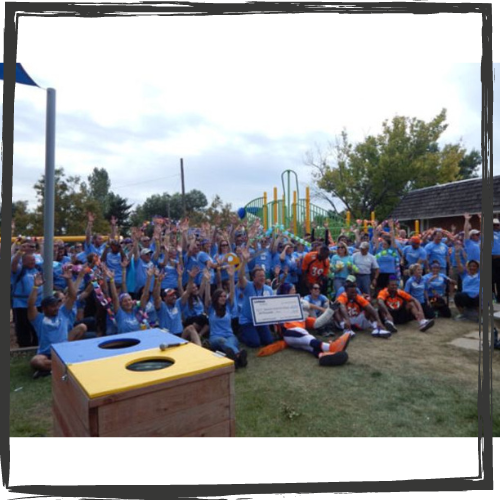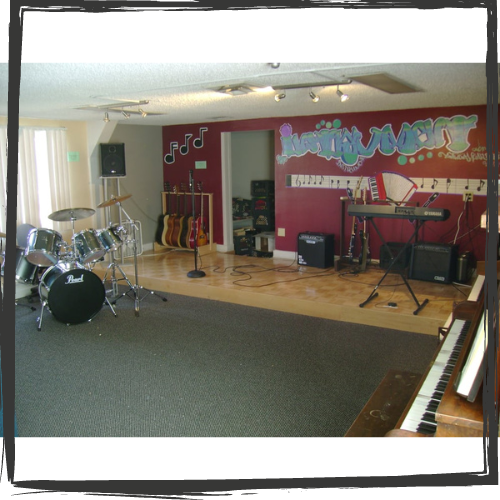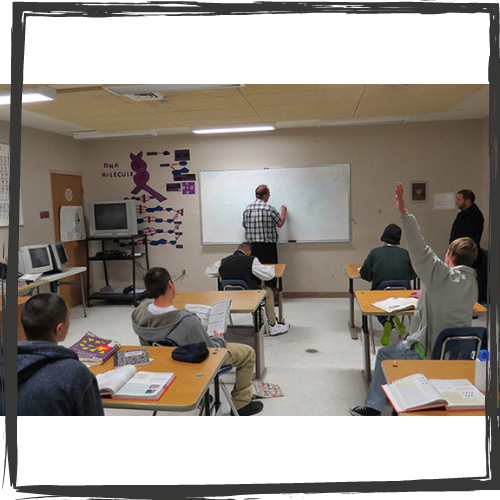By Melanie Asmar, Chalkbeat Colorado
Specialized Colorado schools that serve students with intense behavioral, mental health and special education needs are closing because they lack funding
This story was originally published by Chalkbeat Colorado. Sign up for their newsletters at ckbe.at/newsletters.
Over the past five years, the availability of specialized campuses, known as facility schools, have shrunk by 30% in Colorado. The decrease strains public school districts that rely on facility schools to help children whose needs are too great for the districts to meet. It also has devastating impacts on what a new report calls the state’s “most vulnerable students” and their families.
“These are children’s lives that are at stake here,” state Sen. Rachel Zenzinger, an Arvada Democrat who chairs the legislature’s Joint Budget Committee, told her fellow committee members in December. “We can’t afford to continue to lose any more facility schools in our state.”
Facility schools might be inside a day treatment center, a group home or a hospital. Some children live at the school while others attend during the day. The students may have major medical needs or serious emotional issues, far more than a school nurse can handle. Facility schools are charged with providing a meaningful education while also supporting and keeping children safe.
These schools are often placements of last resort — and when there isn’t space, the child may spend weeks or months at home, no longer a student. Other times they get placed out of state, far from their families and at much higher cost.

Last year, Colorado lawmakers created a workgroup to address the problems facing facility schools. The group, made up of 30 public school educators, facility school staff members, state officials and others, released a set of recommendations, including:
- Changing the way facility schools are funded. Right now, the schools are paid per student for the days they attend. In the 2021-22 school year, the daily rate was $53.19 per student per day and an additional $114 for each student receiving special education services. Students come and go often, and the schools need more reliable funding. The work group recommended funding each school at a baseline amount to cover the staffing costs to keep the school open.
- Helping facility schools share services. Many of them are small, struggling to pay for non-educational needs, like custodial or food services. The work group recommended creating a grant program that would allow the schools to collectively buy custodial services, for example, to take advantage of economies of scale.
- Training school districts to better serve students with intense needs. This recommendation would create a technical assistance center in the Colorado Department of Education that could help school districts keep more students in local schools rather than sending them to facility schools. This could be especially helpful for rural districts far from the Front Range where most facility schools are located.
- Expanding the types of campuses that can become facility schools. For example, some existing programs for students with disabilities told the work group that becoming licensed as a facility school would require them to hire clinical staff their students don’t need. The work group recommended broadening the definition of a facility school and making the licensure process less cumbersome.
Advocate Becky Miller-Updike said a philosophical shift away from placing children in residential facilities — and a federal law aimed at limiting such placements to ensure more children are placed with families — have caused many facilities to close. When the residential part of the facility closes, the school inside it often can’t afford to stay open.

“Great if we move away from facilities that aren’t cutting the mustard or doing what we need, but now we’ve gone too far,” said Miller-Updike, executive director of the non-profit Colorado Association of Family and Children’s Agencies. Several facility schools belong to the organization, including Tennyson Center for Children in Denver, Devereaux Cleo Wallace in Westminster and Southern Peaks Residential Treatment Center in Cañon City.
The number of Colorado facility schools dropped from 80 in 2004 to 32 in 2021, state data showed. State education officials emphasized this week that the number has decreased precipitously in the past five years, but the need hasn’t declined.
About 800 students are served in facility schools on any given day in Colorado, officials said. The bill creating the workgroup indicated that about 1,600 Colorado children per day actually require the education offered in residential and day treatment programs, hospitals and home-based programs, it said.
Zenzinger said she and the entire Joint Budget Committee are interested in sponsoring legislation this year to address the challenges faced by facility schools, though the details are unclear. The legislative session ends in May.
The State Board of Education also seems eager for solutions. The board reviewed a presentation about the work group’s recommendations and asked detailed questions about funding. Member Debora Scheffel also about monitoring of facility school quality, which state education officials said has been “a topic of conversation.”
“We don’t really want students in residential schools unless they absolutely have to be there,” Scheffel said, “and then the services have to be exemplary so there’s a reason to be there, and then it has to be short-term so they can get out of there.”

A few State Board members said they had personal experience with the schools. “I have had the experience of placing a child in a facility school,” said board member Karla Esser, who was formerly a teacher and administrator in Aurora Public Schools. “It is not done lightly. By the time we knew we had to do something different at the district, [the child] had two full-time paras [aides], beyond being in one of our [special education] classes. At that point, we just didn’t feel we could keep the child safe.”
Zenzinger is also an educator, having worked in both K-12 and higher education. In an interview, she emphasized that the students in facility schools are the state’s most vulnerable. “These are students experiencing a lot of trauma, a lot of trial and tribulation,” she said. “They need the most supports in order to be successful."
Read the original article here.
Melanie Asmar is a senior reporter for Chalkbeat Colorado, covering Denver Public Schools. Chalkbeat is a nonprofit news organization covering public education.


